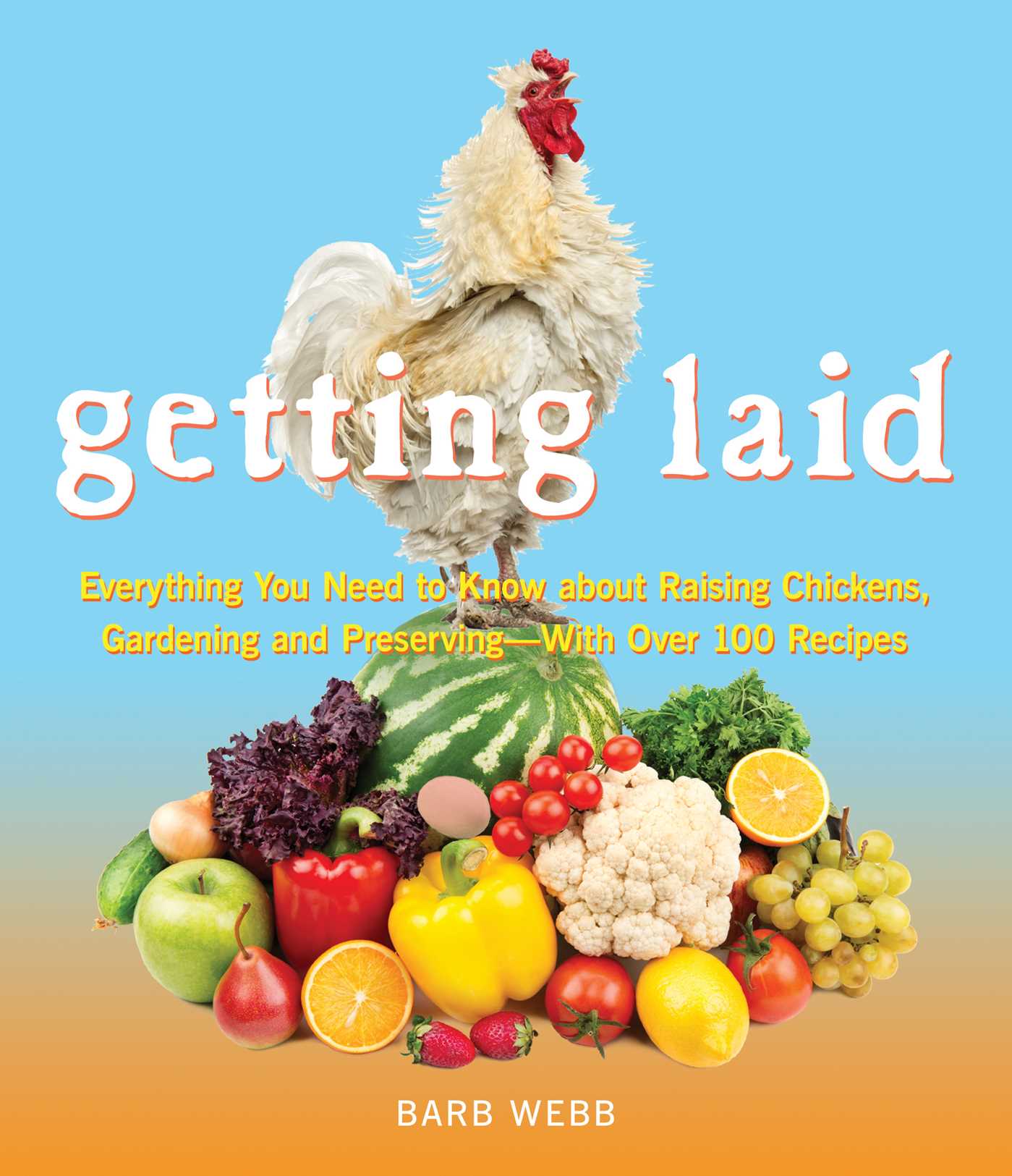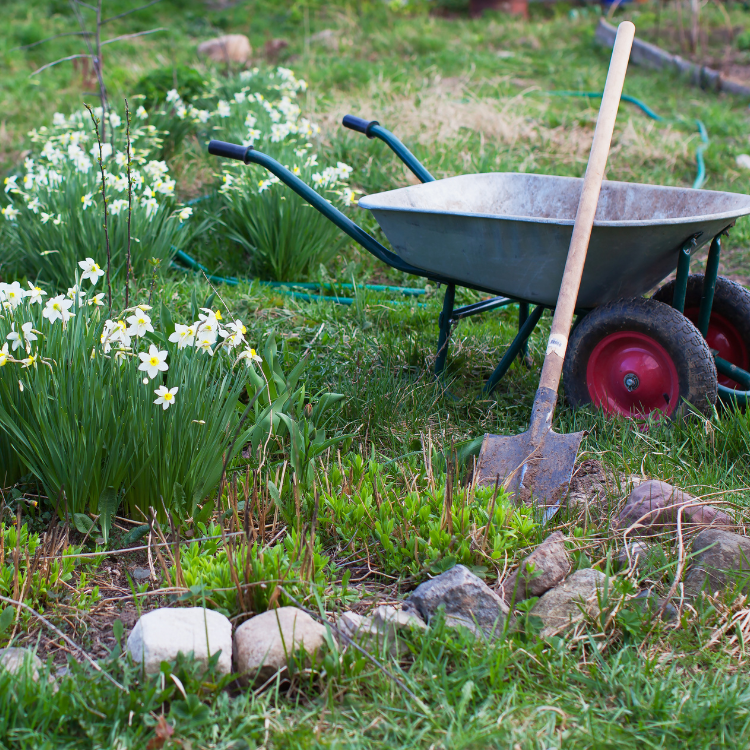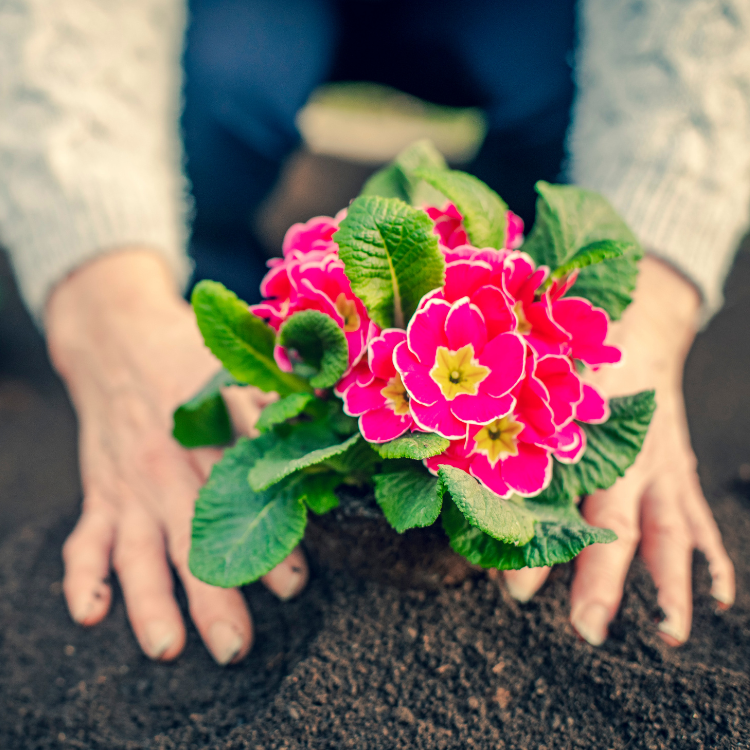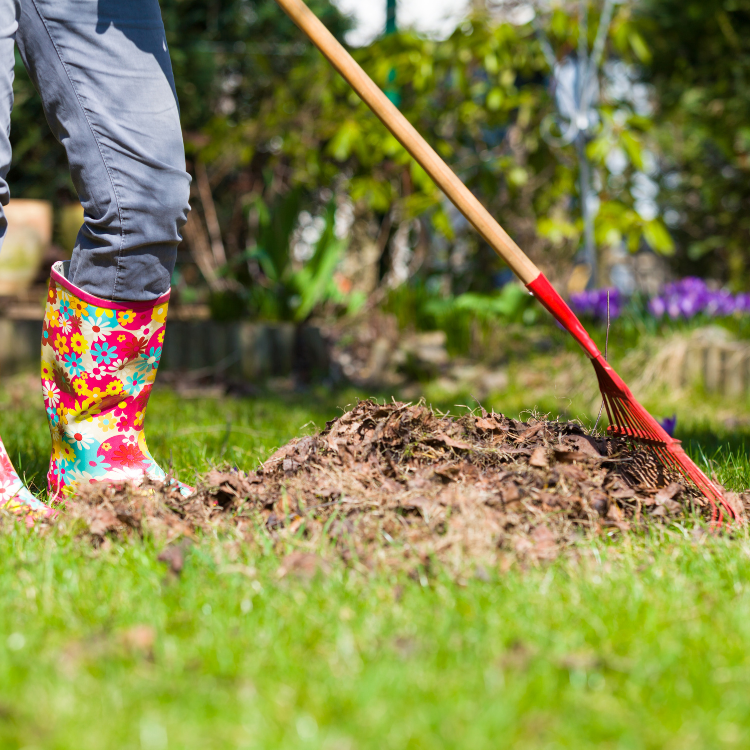Spring is the perfect time to prepare your garden for the growing season. With the weather warming up and the days getting longer, it’s time to get outside and start tackling some spring gardening chores.
Here are ten essential tasks to consider as you prepare your garden for a successful spring and summer season:
Clearing Garden Beds
Before you start planting, it’s important to clear any debris or dead plants from your garden beds. Leaves, twigs, and other debris can harbor pests and diseases that can harm your plants.
Removing dead plants will also help prevent the spread of disease and give you a fresh start for the new growing season.
Pruning
Early spring is an excellent time to prune trees and shrubs. This is when most plants are still dormant, so you can easily see the structure of the plant and remove any dead or damaged branches.
Pruning also encourages healthy growth by removing any weak or diseased branches that can sap energy from the rest of the plant. Be sure to use clean, sharp tools to make clean cuts that won’t damage the plant.
Soil Preparation
Healthy plants need healthy soil, so it’s important to amend your garden soil before planting. Adding compost or fertilizer to your soil will ensure that your plants have the nutrients they need to grow.
Work the compost or fertilizer into the soil to a depth of 6 to 8 inches to ensure that it is distributed evenly. If you’re not sure what type of fertilizer to use, a good all-purpose fertilizer will usually do the trick.
Planting
Once your garden beds are cleared and your soil is prepared, it’s time to start planting. Spring is a great time to plant a variety of flowers and vegetables, including annuals like pansies and snapdragons, and vegetables like lettuce and peas. You can start seeds indoors or purchase seedlings from a nursery to plant directly in your garden.
Be sure to plant at the appropriate depth and spacing for each type of plant.
Mulching
Mulching your garden beds is an important step in preparing your garden for the growing season. A layer of mulch will help suppress weeds, retain moisture, and regulate soil temperature. Organic mulches like shredded leaves or bark will also break down over time, adding nutrients to the soil.
Apply a 2-to-3-inch layer of mulch around your plants, being careful not to cover the stems or crowns of your plants.
Pest Control
Spring is also a time when pests and diseases can start to emerge. Check your plants regularly for any signs of damage or infestation. Early intervention can prevent pests and diseases from taking hold in your garden. If you do notice any problems, use the least toxic method of control first, such as handpicking or spraying with water.
If necessary, use a targeted pesticide to control the problem. Be sure to read and follow the instructions carefully, and never use more than the recommended amount.
Lawn Care
Your lawn will also need some attention in the spring. Rake up any leaves or debris that may have accumulated over the winter and apply a slow-release fertilizer to promote healthy growth. If you have bare spots in your lawn, overseed those areas to fill in the gaps. You can also apply a pre-emergent herbicide to prevent weeds from sprouting.
Tool Maintenance
Your gardening tools are an essential part of your garden maintenance routine, so it’s important to keep them in good condition. Clean your tools with a stiff brush and soapy water, then dry them thoroughly to prevent rust.
Sharpen your tools as needed, and oil them to prevent rust and corrosion. Proper tool maintenance will ensure that your tools last longer and work more effectively.
Irrigation
Proper irrigation is key to the health and success of your garden. Check your irrigation system to ensure that it is working properly and adjust as needed. Make sure that your sprinkler heads are adjusted correctly, and that your hoses and drip lines are not kinked or damaged.
You may also want to consider installing a rain barrel to collect and store rainwater for use in your garden. This will help conserve water and reduce your water bill.
Composting
Finally, starting a compost pile or adding to an existing one is an excellent way to create nutrient-rich soil for your garden. Compost is made up of organic materials that have broken down over time, creating a rich and fertile soil amendment that can be added to your garden beds.
You can add a variety of materials to your compost pile, including fruit and vegetable scraps, leaves, grass clippings, and coffee grounds. Be sure to turn your compost pile regularly to aerate it and help it break down faster.
Preparing your garden equals a successful growing season. Clearing your garden beds, pruning your trees and shrubs, preparing your soil, planting, mulching, pest control, lawn care, tool maintenance, irrigation, and composting are all essential tasks that will help ensure that your garden is healthy and productive. By taking the time to complete these chores in the spring, you’ll be well on your way to a beautiful and bountiful garden all season long.





